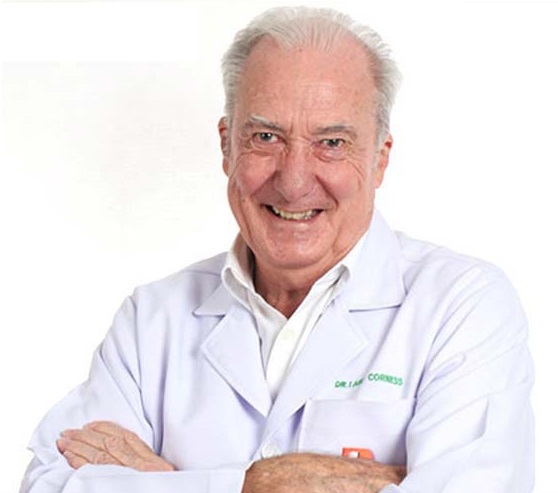 A genetic problem this week to produce an interesting condition called hereditary hemochromatosis or classic hemochromatosis. This form of the disease is caused by a defect in the genes that control how iron is absorbed by the body.
A genetic problem this week to produce an interesting condition called hereditary hemochromatosis or classic hemochromatosis. This form of the disease is caused by a defect in the genes that control how iron is absorbed by the body.
The Causes:
The amount of iron the human body absorbs is controlled by many genes. Genes can sometimes change (or mutate) in ways that keep them from working properly.
Hereditary hemochromatosis can occur when a person inherits two mutated copies of a gene called the HFE gene — one from each parent. Men and women have the same chance of inheriting two copies of this gene.
Interestingly, not everyone who is born with two copies of the mutated HFE gene develops the disease. Scientists do not know what percentage of people who have two copies of the mutated HFE gene develop the disease. Some studies have shown that as few as 1 in 100 people will develop symptoms. Other studies have shown that as many as 50 in 100 people may develop symptoms. All very confusing.
A person with only one copy of the mutated HFE gene is usually healthy and is said to be a “carrier” of the genetic condition. Carriers usually do not have hemochromatosis. However, if both a mother and father are carriers, a child may inherit two copies of the mutated gene, one from each parent. The child may then develop hemochromatosis.
Risk Factors:
People who inherit the HFE gene mutation from both parents are at the greatest risk for developing hemochromatosis. Although both men and women can inherit the gene defect, men are more likely to be diagnosed with the effects of hemochromatosis than women.
Other factors that increase risk are –
Ethnicity:
People of northern European descent (for example, people from England, Ireland, Scotland, Denmark, France, and Scandinavia) have a higher chance of having the HFE gene mutation.
Family history:
People with a close relative (grandparent, mother, father, sibling, niece, nephew) who has hemochromatosis have a higher chance of having the HFE gene mutation.
Factors That May Affect Iron Buildup:
For people at risk of developing hemochromatosis, the speed at which iron builds up and the severity of the symptoms vary from person to person. Many people do not have any early symptoms. Symptoms tend to occur in men between the ages of 30 and 50 and in women over age 50.
The following factors may affect the buildup of iron in the body and may speed up or slow down the development of hemochromatosis.
Using dietary supplements:
Taking iron supplements or multivitamins with iron can speed up the rate at which iron builds up in the body. People with hemochromatosis should not take pills containing iron. Eating foods that contain iron is fine.
Taking vitamin C supplements may cause the body to absorb more iron. People with hemochromatosis should not take pills with more than 500 milligrams of vitamin C per day. Eating foods that contain vitamin C is fine.
Blood loss:
Losing iron by giving blood and losing iron through menstruation and unrecognized bleeding may slow the start of hemochromatosis. Therefore, men at risk for hemochromatosis usually develop the disease and its symptoms at a younger age than women who are at risk.
Treatment:
Blood removal. Doctors can treat hereditary hemochromatosis safely and effectively by removing blood from the patient (phlebotomy) on a regular basis, just as if it were a blood donation. Some blood collection centers in the United States have obtained permission from the Food and Drug Administration to collect this blood and use it for transfusion.
The goal of phlebotomy is to reduce the iron levels to normal. The amount of blood removed and how often it’s removed depend on the age of the patient, the overall health and the severity of iron overload. It may take a year or longer to reduce the iron in the patient’s body to normal levels.




